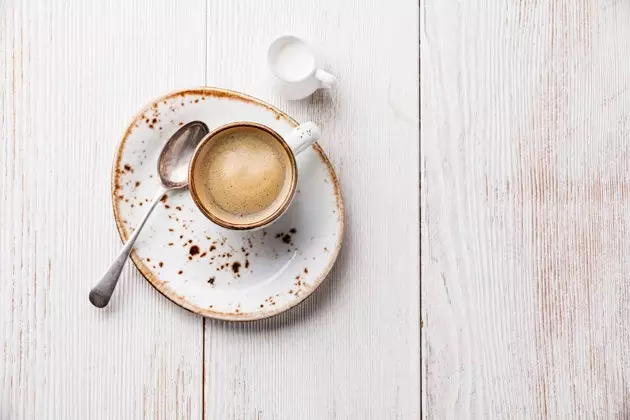
Are you sure you drink your coffee as you should?
WHERE DOES COFFEE COME FROM?
Coffee grows in tropical countries: the first producer in the world is Brazil; the second, Vietnam and the third, Colombia (in the Canary Islands there is a small production of coffee, the only one in Europe, which is practically testimonial). About 120 million bags (each one of about 60 kg of product on average) of coffee are produced each year, the result of hard work because each coffee plant gives only one harvest a year and the yield is not very high: about 1 kg of clean coffee from each bush, which must be carefully picked. From the resulting coffee, a quality selection is made: if it is below 40 points, that product must remain in the producing country, it cannot be exported ( producing the paradox that sometimes it is in the coffee-producing countries where the worst coffee is consumed ) . This is in theory, because in practice it is sold to make soluble or roasted coffee.
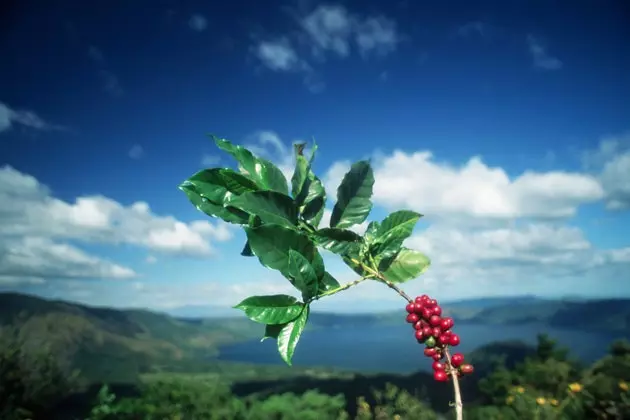
Each bush produces about 1 kg of clean coffee per year.
DO YOU USUALLY DRINK ROASTED COFFEE?
Badly done. This product is obtained from roasting coffee with sugar; the result is a darker and bitter drink in which flavor nuances of the coffee origin are completely masked. A coffee fundamentalist, hearing someone defend the value of roasting, will feel something similar to what a wine lover feels when he sees a particularly select and delicious vintage mixed with soda or Coca-Cola.
ARABICA OR ROBUSTA
They are the two varieties of coffee plant that exist. Arabica gives less quantity of coffee per plant, it is more sensitive to humidity and temperature and therefore more delicate. It has a little less caffeine and the taste is sweeter and more acidic. It is the most appreciated quality and therefore countries such as Colombia, Costa Rica or Guatemala only plant this variety. The robusta plant is best grown in lowland countries; produces more coffee and the taste is more neutral and bitter.
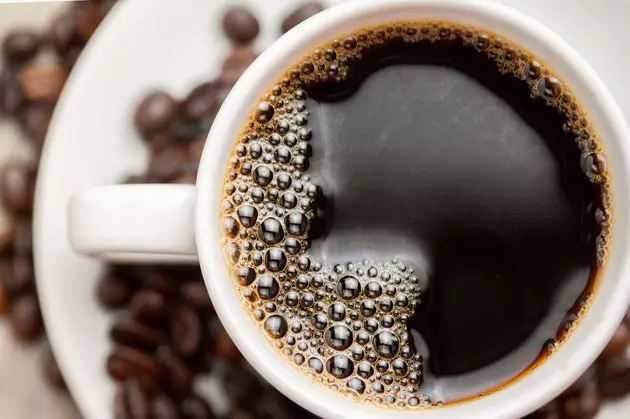
The robusta plant produces the most neutral and bitter coffee
THE SELECTION PROCESS
Once picked, the coffee is taken to the 'mill' (colonial terminology that is still applied to this industry heir to that time), where it can be subjected to three different types of selection processes. The first is the wet: coffee cherries are submerged in water, they are classified according to their quality and density and fermented. The washed coffees come from here, which are the most valued and appreciated (Arabica coffee is mostly washed). The second is the dry: it consists of Let the cherries dry in the sun. It is produced in countries where there is not as much water availability and results in the natural coffees (which are called that but it has nothing to do with being more or less natural). Coffees from Brazil usually undergo this process, in which the coffee does not ferment. The third process is semi-washing, in which the cherries are washed and left to dry in the sun. Once dry, the coffee is de-skinned and manually sorted (a few times) according to its quality, and that's where the coffee comes from first, second or third.
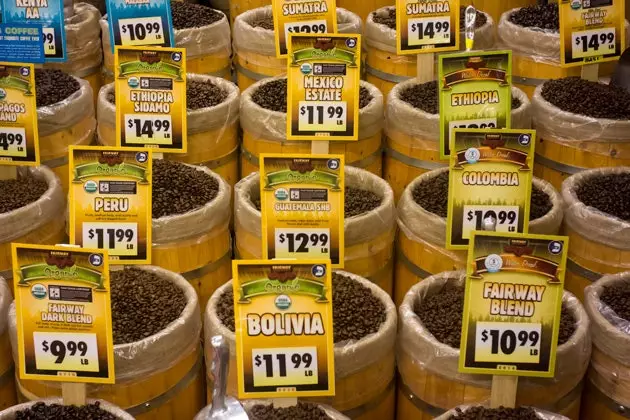
Commercial coffee or specialty coffee?
THE ROAST
Still in its country of origin, the coffee is sold at roasters, which can be large importers of global conglomerates or small roasters who seek out and taste the coffee directly from selected plantations to select their favourites. In the case of Europe, mass coffee, commercial coffee, usually enters through the ports of Barcelona, Trieste or Hamburg, from where it is transferred to the roasting plant and blended (mixed), looking for them to have a homogeneous flavor from year to year for the consumer accustomed to the flavor of their coffee brand.
COMMERCIAL COFFEE AND SPECIALTY COFFEE
Supermarket coffee, regular coffee found in stores, and It is usually consumed daily, it is commercial coffee. It is the one that we usually consume on a daily basis and about which there is so much talk lately related to the investment funds that speculate with it and with other raw materials by artificially altering its price. Specialty coffees are something else; their price is much more directly related to what they are really worth and they do not allow room for speculation. The coffees that obtain more than 84 points in the tastings are reserved to be specialty coffees; they are the stars of coffee that are sold at more expensive prices, are consumed with their names and surnames, are known by their origin and are presented to world contests that, if they are lucky enough to win, can change life forever of the plantation in which they are born and that of all the people who are involved in it, ensuring the sale of their annual production for the remains.
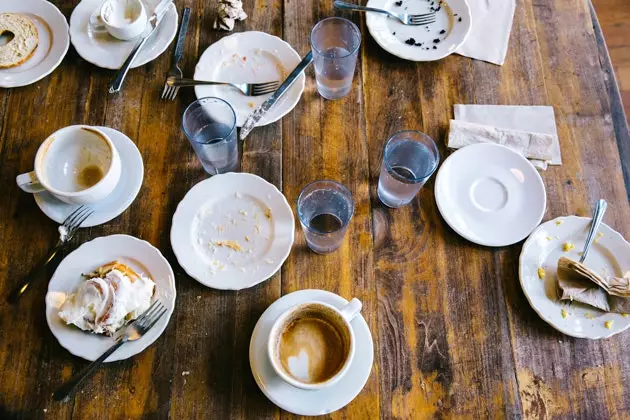
Apparently, the espresso machine is the one that best respects the aromas and flavors of coffee.
WHAT IS THE RIGHT WAY TO DRINK COFFEE?
Coffee does not expire but loses properties. Ground coffee, for example, should be consumed immediately after it has been ground, unless it is vacuum packed. In this case, it is not necessary to keep it in the fridge (a custom with many followers); It should be left in the original container and placed in an airtight container. should be consumed in a maximum of 15 days (that is, buy quantities of about 100 or 200 grams every two weeks), although the ideal would be to buy it in grain and grind it immediately before consuming it. If you buy coffee beans, the duration depends on the container: if it is three-barrier, it can be kept for three months; if it is a unidirectional valve, up to one year. It should also be remembered that the type of grinding is not the same depending on the type of coffee maker to be used: the plunger, for example, needs a coarser grain and, although it is a matter of taste, it is considered that the espresso machine is the best way to respect the aromas and flavors of each grain.
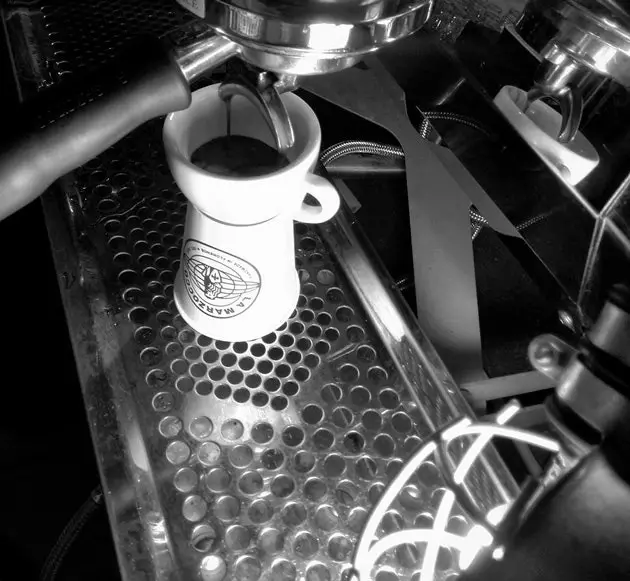
Well made coffee at True Artisan Café (Barcelona).
THEY BETTER DO IT FOR YOU
One moment. Are you reading this remembering your five minutes each morning dedicated to breakfast and choking with laughter at the mere thought of having to grind your own coffee beans on a daily basis? Well, we all know that what we should do to be pro gourmets who respect the product and themselves is one thing, and what the modern world and its haste force us to do is another. For people –normal– who cannot afford to spend so much time with their coffee at home (although everything is a matter of getting used to it and putting will into it), we include a selection of coffee shops in Madrid and Barcelona that honor his name and where you can have good coffee. And even learn, broaden horizons and educate the palate. Remember that every time you are in front of a cup you are being the last link in a chain of consumption, and consuming is one of the most direct political acts that we have left.
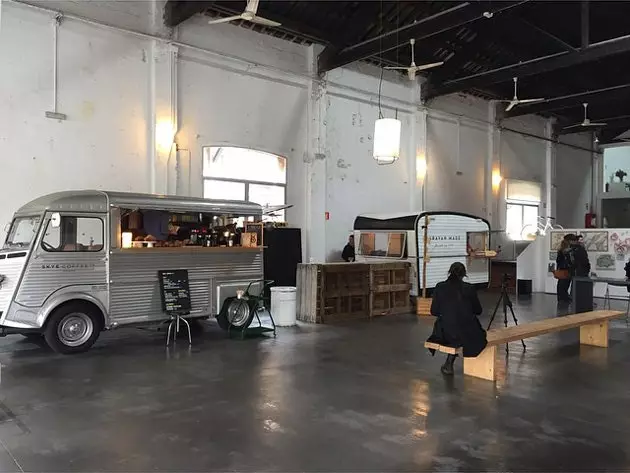
Skye Coffee, an example of a 'cafe truck' in Barcelona.
BARCELONA COFFEE SHOPS:
True Artisan Café (Elisabet's coffee, proud distributor in Spain of the Marzocco coffee machines, designed by the Italian Bambi family, made of stainless steel and with a double boiler system that turns them into the most appreciated by professional baristas ) ; The magnificent ; Nomad ; Caravelle; Skye Coffee ; Satan's Coffee Corner; Comet and Cosmo; Cafe Camèlia; Federal; Onna Cafe; Coffeea&Wood ; The Fish and Chips; Farm Coffee; Brunch and Cake and Cup and Cake.
COFFEE SHOPS IN MADRID:
Drink coffee ; The bike ; Monkey Coffee ; The little big cafe; The mime; restaurant The green pepper and Federal.
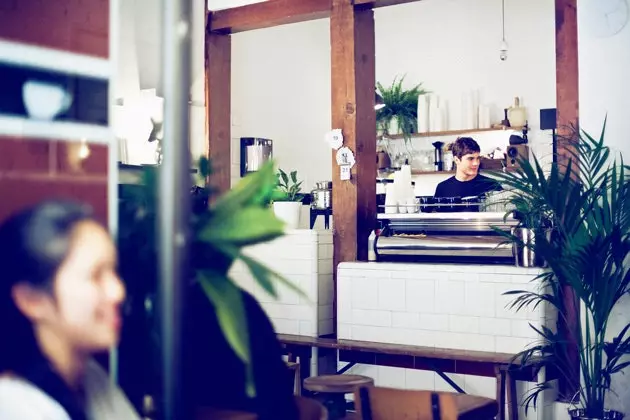
Atmosphere in the Malasañero Toma Café.
*** You may also be interested in...**
- Ode to coffee and the most addictive coffee shops in Spain - 21 reasons why we love coffee.
- Bike addicted cafes
- Ten cafes to go with children
- Let's talk about coffee
- Madrid bookstores where to dip the cupcake
- The map of the good life
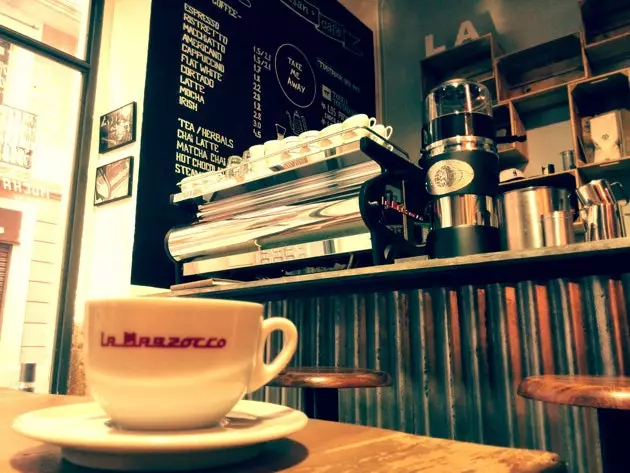
Distributor in Spain of Marzocco coffee machines)
